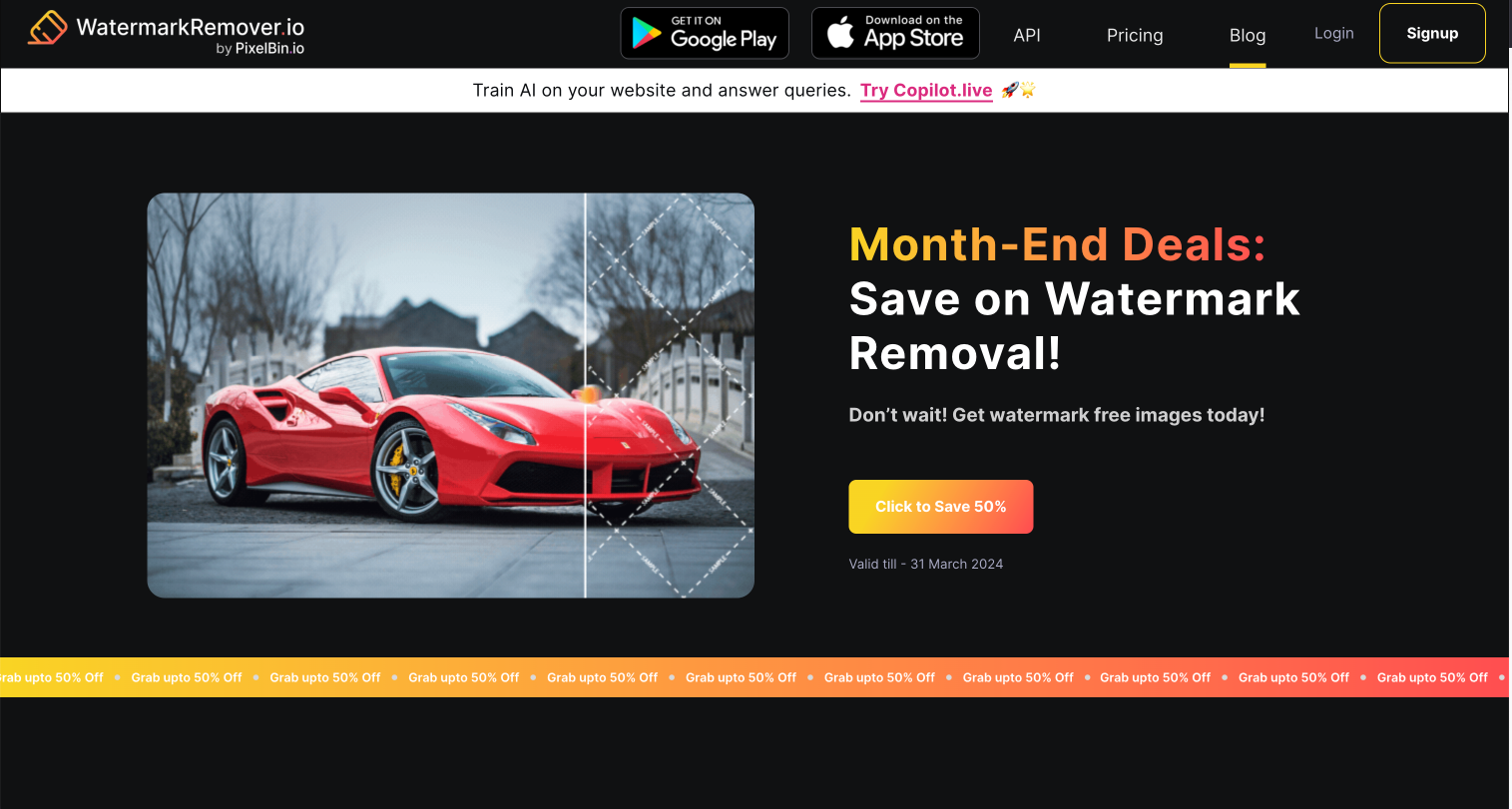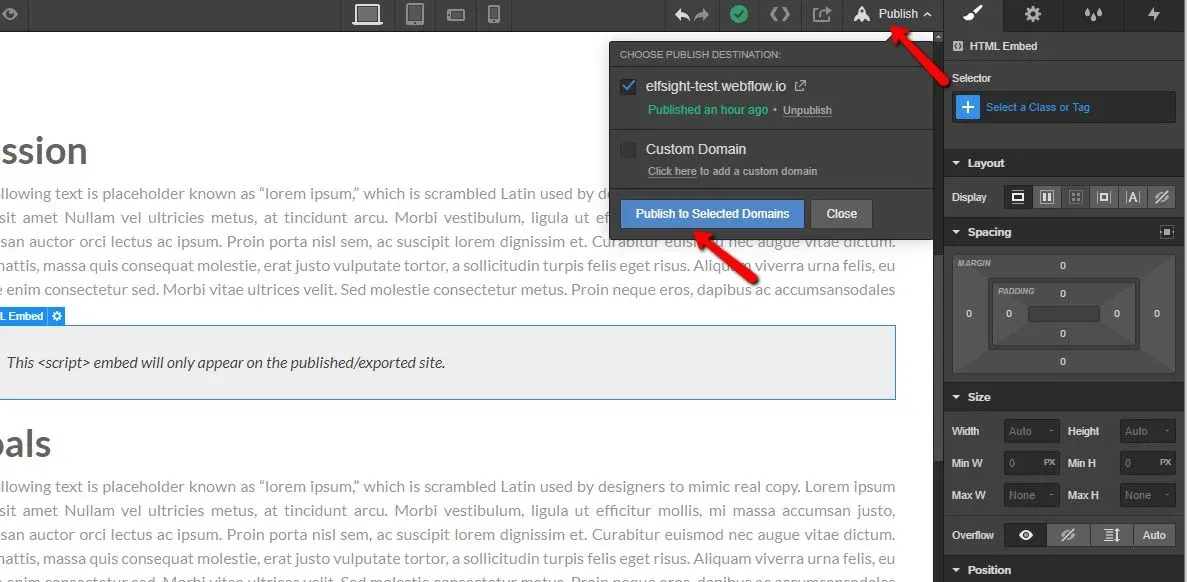How To Create A Blog In Webflow

Your blog content becomes fully customisable with Webflow even though you avoid working with any programming elements. Webflow provides their CMS (Content Management System) that allows users to handle their posts and categories with layout configurations through one manageable interface for personal or professional websites as well as business news platforms. Each element of your blog begins with your own design choices starting with the main page extending to individual blog pages. The visual design tools along with flexible options of Webflow allow you to emphasize writing advancement while producing a modern and responsive blog appearance. Your words transform into blog content through this single robust platform where every element comes from your authority and written style.
Launch Your Webflow Blog Using Built-in Tools
Starting a blog with Webflow tool systems makes setup quick and lets you concentrate on your writing. Use all Webflow tools to create publish and design posts without programming skills.

Use Webflow CMS Collections
Build a CMS Collection structure for your blog text. You can enter new posts to your content collection without programming skills while keeping it arranged to your preference.
Design Your Blog Template Page
Webflow generates a default blog post template when you start working with it. Adjust your content template with personal style elements to match your unique blog appearance.
Add specific data fields to your web structure
Connect your CMS to get content details such as article title, date and text fields. Your blog website automatically shows fresh content whenever you make new posts available.
Set Up a Blog Listing Page
Use Collection Lists to show your blog posts on the main blog page. You can define which blog posts should display and exactly how they will be arranged.
Customize for All Devices
Each viewer should have a good experience no matter which device they use to read the blog. Webflows responsive tools let you modify both layouts and text to display perfectly on all screen sizes.

Launch a Webflow Blog with a Widget Addition
A blog widget or outside embed solution allows you to start your blog quickly while saving upfront development effort. A widget solution works best when you need to create your blog speedily and have adaptability.
Choose a Blogging Widget Tool
You can select one widget builder from a set of three including Elfsight, Powr, and EmbedSocial. You can use these services to design a blog feed which you can insert into your Webflow site simply.
Design Your Blog Widget
Inside the widget tool you can customize all aesthetic elements of your blog including look, font style, and layout. Adding your blog content to Webflow makes both elements look and feel similar to help create a smooth user experience.
Copy the Embed Code
After you finish customizing open the widget option to access its embed code. The embed code allows quick addition of the blog to your Webflow page.
Paste the Code in Webflow
Insert an Embed block into your design and paste the code inside it. Your blog content automatically displays at any location you put the embed box on the site.
Update the new Blog content through the Widget page.
The widget dashboard lets you save new blog entries and the Webflow site receives instant updates. You can save time because Webflow will update your site automatically after you post on the widget.
How to Add a Blog Widget to Webflow
The easiest way to show blog content without a content management system is through a blog widget on Webflow. Having a blog widget suite Webflow users who prefer basic hassle-free content posting.

Pick a Blog Widget Service
You should use Elfsight, Powr, or EmbedSocial for your widget project. You can adjust the blog feed design without changing your Webflow site setup through these services.
Customize the Widget Layout
Update all formatting settings inside the widget dashboard according to your Webflow website style. Your blog stays integrated into your design because of these settings.
Copy the Widget Embed Code
When your widget design is finalized the tool provides you with the embedding code. Paste the provided code into the Webflow page interface.
Put the code fragment directly into the Webflow Embed area.
Add an Embed element to your Webflow page and paste the copied code inside. You can now place your live blog widget at its designated position.
Publish and Control Your Widget Through the Dashboard Panel
Every new widget item you add will automatically update your Webflow blog through this system which helps you save time and maintain active website content.
Webflow Blog Templates – A Smart Start for Your Blog
Your blog initiation will benefit from Webflow blog templates which present beautiful ready-to-apply designs. These templates both save time on development work and help maintain organization and present your blog as professional. Five preferred Webflow blog templates are available for quick blog deployment through these platform offerings.
1. Notable – Clean and Minimal Blog Template
Notable stands out as an excellent pick for simplified writing needs of bloggers. The template maintains a simple style that focuses on your written content while providing a design that adjusts automatically to any screen size. Personal blogs and portfolios and lifestyle content benefit from this template because users can personalize its colors and fonts in addition to its sections.
2. Chronos – Magazine-Style Blog Template
The Chronos template presents your blog with a contemporary design and editorial style. The built-in CMS enables category management while allowing authors to use tags through this template which suits content-rich websites together with news blogs. The template provides dynamic structure that simplifies content management because it maintains excellent organization and high readability throughout the site.
3. Narrative – Storytelling Blog Template
The Narrative blog design template exists to help bloggers present both elaborate stories and lots of pictures to their audience. The visual design allows smooth browsing and showcases vivid images to help users present stories in their preferred manner. Travel bloggers and photo journalists along with users who create personal stories will find this design useful because it comes with built-in CMS features for customization.
4. Pen & Paper – Writers’ Blog Template
The template fulfills the needs of writers together with poets along with bloggers who produce extended digital content. The Pen & Paper design eliminates disturbing elements within the content to let readers maintain their focus on the writings. The template offers page speed and ease of use through its CMS-control blog posts and provides a clean design with built-in newsletter subscription.
5. Essence – Lifestyle Blog Template
The responsive lifestyle blog template Essence provides stylish features including a modern design which suits bloggers of fashion or wellness trends. The template creates a contemporary visual impact through its use of soft elements combined with elegant text design. CMS-driven blog pages exist together with featured post sections as well as areas for your bio and social links in this template.
Conclusion
Webflow gives users complete flexibility to design and build their blogging content structure. Webflow enables you to create your content presentation through its built-in CMS in combination with ready-made templates along with a blog widget system that lets you share your ideas according to your vision. The platform lets you design complete details of your site while enabling codeless post management to deliver smooth reading experiences to your audience. Webflow provides a platform that transforms your blog into a personalized creative space for presenting your unique content combined with design alongside creativity.
FAQ'S
How To Create A Blog In Webflow
2. How do you manage your blog posts in Webflow?
3. Can you schedule your blog posts to publish later?
4. Is your blog mobile-friendly with Webflow?
5. Can you use a template to speed up your blog setup?
We make websites that bring joy and meet your goals.
We create digital experiences that not only capture the users but also empower businesses in a highly competitive world. We are dedicated towards developing creative solutions that will easily fuse creativity with functionality, with long-lasting effects.


